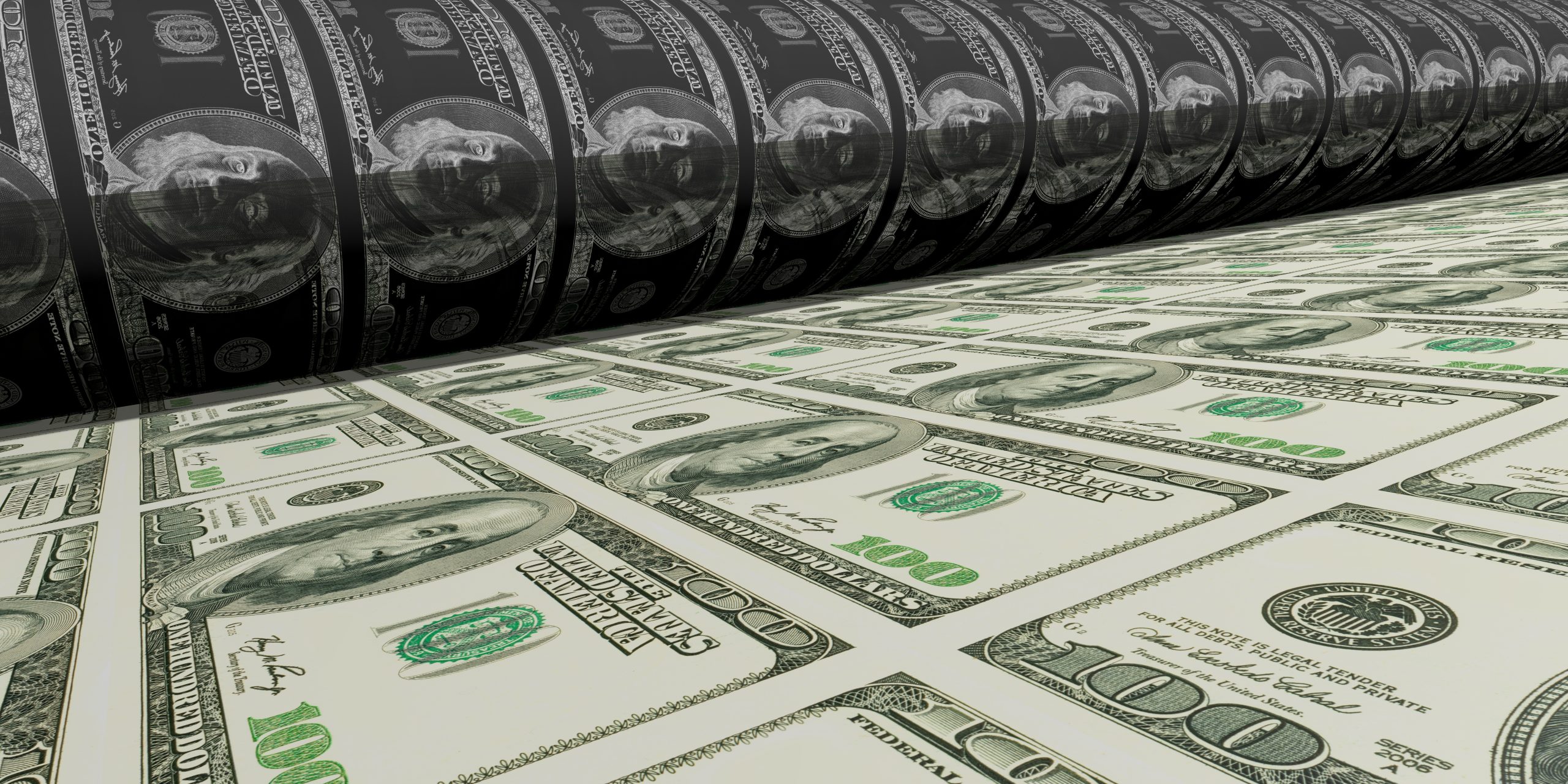Who’s Right on Inflation?

I remember a senior-level course I had to take to complete my degree in economics. Within the first few classes, we were handed a green book with a series of forecasts and models, featuring a long multivariable equation meant to represent the entire U.S. economy. I remember being jarred by the authors’ attempt to reduce hundreds of millions of individual transactions—completed by human beings with free will and moral agency—down to what looked like a physics equation.
I was an economics major and math minor, and by the time I had opened that book I had taken courses in econometrics, mathematical economics, and economic statistics. So it wasn’t my first time encountering the econ department’s capacity for physics envy. I think what struck me was the idea that economists would suppose they could represent the U.S. economy in a linear equation. Physical scientists have equations that reliably explain the operations of the cosmos. But we’re talking about human behavior, not particle physics.
Which is not to say that macroeconomics is useless—it is good at description, bad at prescription. When a recession happens, you can count on macroeconomists to be there, three years after the fact, to explain exactly what happened and why. There is value in that. But most economists are limited in their ability to predict macro-level developments with any degree of precision, and many of them, Nobel laureates included, look foolish when they try.
Microeconomics, by contrast, has better predictive power. It’s still not a “science,” in any meaningful sense, but it’s probably the closest that social science gets to the predictive power of physical science. John Forbes Nash, the father of game theory, was both a brilliant mathematician and a Nobel Prize-winning microeconomist; his work in microeconomics has significant predictive power in biology as well.
I was thinking about the micro-macro distinction as I pondered inflation and a January article from the Wall Street Journal. The Journal‘s Greg Ip raised an important distinction at the time:
Inflation is both the result of total spending running ahead of the economy’s capacity to supply goods and services (macroeconomics), and idiosyncratic behavior in one industry or another (microeconomics).
White House officials don’t claim, as some critics suggest, that businesses suddenly got more greedy or concentrated in the last two years. Rather, they argue that because of the widely documented, [decades-long] trend toward consolidation, companies could raise prices more when the pandemic came along, disrupting supply.
It’s unclear the extent to which consolidation affects the rate of price increases. Certainly, having fewer competitors in an industry increases the likelihood that, over time, the remaining firms will raise prices above marginal cost. But Ip quotes a study that suggests market concentration can have short-term inflationary effects, particularly with the advent of a system-wide shock, like a pandemic:
If scale economies lead to mergers and associated plant or logistical consolidation for each firm, then the risk of disruption—e.g., epidemic, earthquake, or nuclear power plant meltdown—will lead to a larger cost and price impact than if there were more diversity.
This isn’t obviously wrong or implausible, but it’s a bit like asserting a faulty gutter is responsible for a rain storm. Three rounds of coronavirus relief—the latter two of which were not obviously necessary to offset the effects of pandemic-related restrictions—combined with a $1.2 trillion “infrastructure” package has pumped tons of money into the system. Demand has gone up, plus, a lot of the money being pumped into the system isn’t real. There’s no doubt market consolidation has exacerbated inflation, but the simple fact of more dollars in the system chasing the same number of goods and services is without doubt the greater cause.